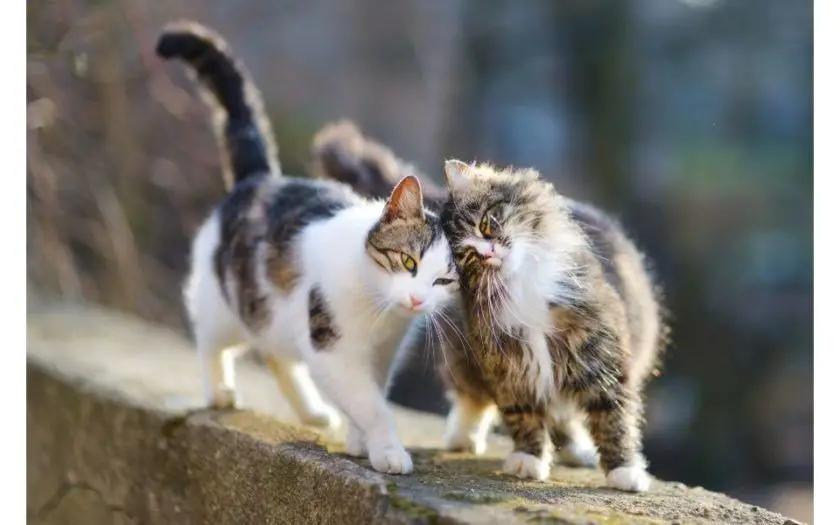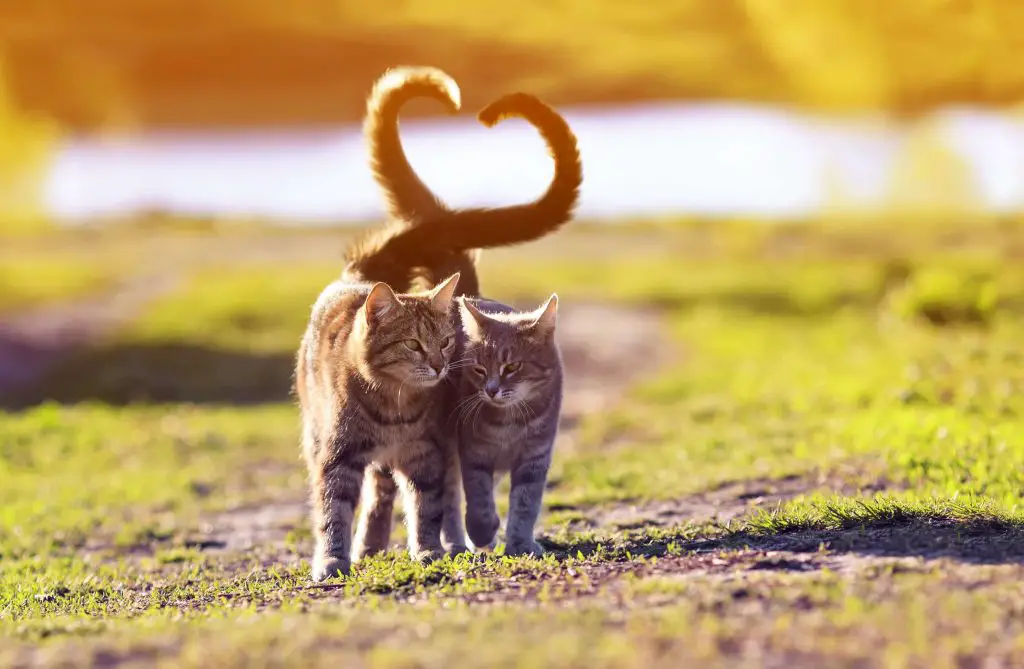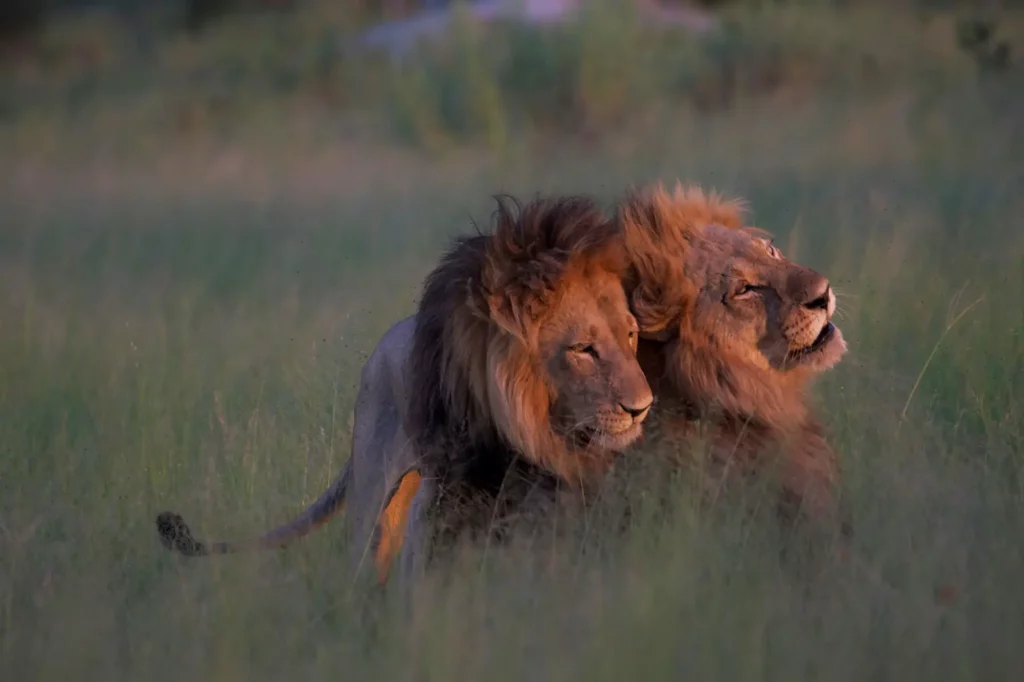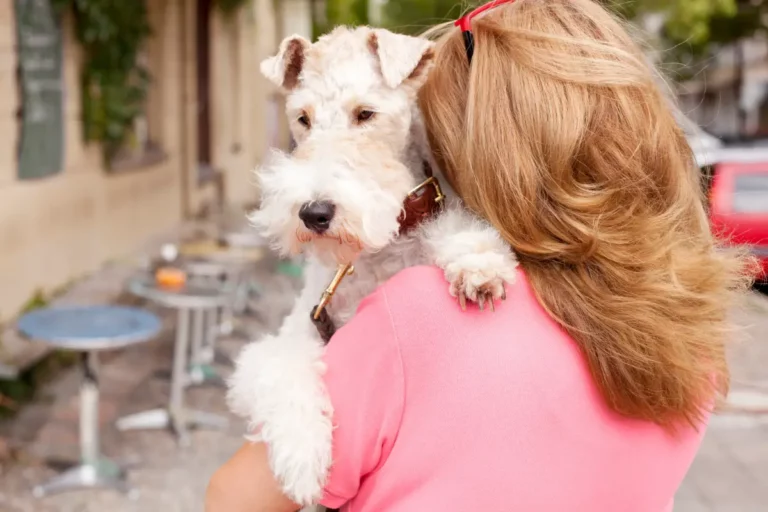Can Dogs & Cats Be Gay? Exploring Homosexuality in Pets!
The topic of homosexuality in animals, particularly in dogs and cats, has been a subject of curiosity and controversy for many years.
Many people wonder if animals can have same-sex attractions or behaviors, and if so, what this might mean for our understanding of sexuality in general.
In this blog post, we will explore the question of whether dogs and cats can be gay, lesbian, or bisexual, and provide some insights into the nature of same-sex behavior in these animals.
Can Dogs Be Gay?
The short answer is no, dogs cannot be gay in the traditional, human sense.
A distinction between sexual attraction and sexual behavior must be made.
Dogs are known to engage in same-sex sexual behaviors, including mounting, licking, and even penetration.
However, it is important to note that sexual behavior in dogs is often more about dominance and hierarchy than about sexual attraction.
In other words, dogs may engage in same-sex behaviors to establish dominance over another dog, or to assert their own dominance.
Can Dogs Be Attracted to the Same Gender?
While it is possible for dogs to be attracted to the same gender, it is difficult to say with certainty whether this is the case.
Dogs do not have the same cognitive abilities as humans, so it is difficult to determine whether they experience sexual attraction in the same way we do.
However, studies have shown that some dogs prefer the company of dogs of the same sex and may even show signs of jealousy when their preferred companion is paying attention to another dog.
Why Is Same-Sex Sexual Behavior So Common In Animals?
Same-sex sexual behavior is actually quite common in the animal kingdom and can be found in a wide range of species, including dogs and cats.
There are many theories about why this might be the case. Some researchers suggest that same-sex behaviors may serve a social function, such as establishing social bonds or reducing aggression.
Others suggest that these behaviors may be a by-product of evolution, or simply a result of environmental factors.
Why Do Male Dogs Hump Other Male Dogs?
Male dogs are known to hump other male dogs as a form of dominance or play behavior.
Humping is a natural behavior for dogs and is not necessarily a sign of sexual attraction.
However, if your male dog is humping excessively, it may be a sign of boredom, anxiety, or a lack of exercise.
If you are concerned about your dog’s behavior, it is important to consult with a veterinarian or animal behaviorist.
What Do I Do If My Dog Humps Too Much?
If your dog is humping excessively, there are several things you can do to help manage the behavior.
First, it is important to make sure your dog is getting enough exercise and mental stimulation.
This can help reduce boredom and anxiety, which may be contributing to the humping behavior.
Additionally, you can redirect your dog’s attention by giving him a toy or engaging him in a game.
If the behavior persists, it may be helpful to consult with an animal behaviorist or vet.
Can Cats Be Gay?
Like dogs, cats are also known to engage in same-sex sexual behaviors.
However, there is less research on same-sex behaviors in cats than in dogs, so our understanding of this topic is somewhat limited.
Nevertheless, there is evidence to suggest that cats may be capable of experiencing same-sex attraction and forming same-sex social bonds.

Studying Same-Sex Behavior in Animals
Studying same-sex behavior in animals can be challenging, as it is difficult to know what animals are experiencing or feeling.
However, researchers have developed various methods for studying this behavior, including observation, hormone testing, and brain imaging.
By using these methods, researchers have been able to gain some insights into the nature of same-sex behavior in animals.
Can you compare human sexuality to cat sexuality?
While there are some similarities between human sexuality and cat sexuality, there are also many differences.
For example, cats do not experience sexual attraction in the same way that humans do, and their sexual behaviors are often driven by different factors, such as dominance, social bonding, and reproduction.
Additionally, cats have a different reproductive system than humans, and their mating behaviors are different as well.
So, while we can draw some comparisons between human and cat sexuality, it is important to recognize that they are fundamentally different.
Other Factors to Consider
It is also worth noting that sexual behavior in animals is often more complex than we might think.
Animals may engage in same-sex behaviors for a variety of reasons, and their motivations may not be purely sexual.
For example, cats may engage in mutual grooming or sleeping together as a way to bond with one another, rather than as a form of sexual behavior.
Additionally, animals may engage in behaviors that we interpret as sexual, but which are actually related to other social or environmental factors.
Same-Sex Behaviors in Cats: Explained
Mounting
Mounting is one of the most common same-sex behaviors in cats.
While this behavior may look sexual, it is often a sign of dominance or playfulness rather than sexual attraction.
Male cats may mount other male cats as a way of asserting dominance, while female cats may mount other females as a form of play.

Mutual Grooming
Mutual grooming is another common same-sex behavior in cats.
This behavior is often seen as a way for cats to bond with one another and may be a sign of social hierarchy.
Cats may groom each other as a way of showing affection and trust, and to establish a sense of community within their social group.

Sleeping Together
Cats also often sleep together, either in close proximity or actually touching one another.
This behavior is often seen as a sign of social bonding and security.
Cats may sleep together as a way of reducing stress and anxiety, and to form closer social bonds.
What We Know About Homosexuality In Cats
While there is still much we don’t know about homosexuality in cats, researchers have uncovered some interesting insights into this topic.
For example, studies have shown that male cats are more likely to engage in same-sex behaviors than female cats.
Additionally, same-sex behaviors in cats may be more common in feral populations, where social structures are less defined.
Cats and Love
It is important to note that same-sex behavior in cats is not necessarily related to sexual attraction.
Cats may engage in behaviors that we interpret as sexual, but which are actually related to social bonding and community building.
Cats are social creatures, and they form close bonds with other cats and with their human caregivers.
So, while we may not fully understand the nature of same-sex behavior in cats, we can appreciate the importance of social bonds and connections (love!) in their lives.

Can Sexual Behavior Be Misinterpreted?
It is also possible for sexual behavior in animals to be misinterpreted by humans.
We may see behaviors that we interpret as sexual, but which are actually related to dominance, playfulness, or other factors.
Additionally, we may project our own assumptions and biases onto animal behavior, leading us to misinterpret what we are seeing.
Measuring Puppy Love
While it can be difficult to know what animals are experiencing, researchers have developed various methods for measuring same-sex behavior in animals.
For example, some researchers have measured hormone levels in animals to better understand their motivations for engaging in same-sex behaviors.
Other researchers have used brain imaging to identify patterns of activity in response to same-sex stimuli.
Homosexuality In Other Species
Homosexuality has been observed in a wide range of animal species, including primates, birds, and insects.
Some researchers believe that same-sex behaviors may serve a social or reproductive function, while others suggest that these behaviors may be a byproduct of evolution or a result of environmental factors.

Conclusion
While the question of whether dogs and cats can be gay may seem straightforward, the answer is more complicated than a simple yes or no.
Same-sex behaviors are common in animals and may serve a variety of functions related to social bonding, dominance, and reproduction.
While we may not fully understand the nature of same-sex behavior in animals, we can appreciate the importance of social connections and community building in their lives.
We can draw some comparisons between human and animal sexuality, but it is important to recognize that they are fundamentally different.
As our understanding of animal behavior continues to evolve, we may gain new insights into the nature of same-sex behavior in dogs, cats, and other animals.
In the meantime, we can appreciate the complexity and richness of the natural world, and the important role that social bonds play in the lives of animals.
Frequently Asked Questions:
Do male cats mate each other?
No, male cats cannot mate with each other. Mating can only occur between a male and a female cat.
Can two male cats bond?
Yes, two male cats can bond with each other, just as they can bond with a female cat. Bonding between cats can be influenced by many factors, including their personalities, experiences, and living situation.
Do cats have sexualities?
While cats do exhibit sexual behavior, it is not always related to sexual attraction. Same-sex behavior in cats can serve a variety of functions related to social bonding, communication, and dominance.
Can cats tell each other’s gender?
Yes, cats can typically tell the gender of another cat through a combination of visual, olfactory, and auditory cues.
Why is my male cat humping my other male cat?
Humping behavior in cats can be related to sexual arousal, dominance, or social bonding. If the behavior becomes excessive or problematic, it is important to consult with a veterinarian or animal behaviorist.
Why is my male cat biting my other male cat’s neck?
Biting behavior in cats can also serve a variety of functions, including social bonding, play, and aggression. If the behavior is aggressive or excessive, it is important to consult with a veterinarian or animal behaviorist.
Can my cat be attracted to me?
While cats may form strong attachments to their human caregivers, it is unlikely that they are sexually attracted to them.
Can my male cat sense my period?
There is no scientific evidence to suggest that cats can sense human menstruation.
Do cats prefer the opposite gender?
There is no evidence to suggest that cats prefer one gender over another. Cats may form strong attachments to individual cats or humans, regardless of their gender.






